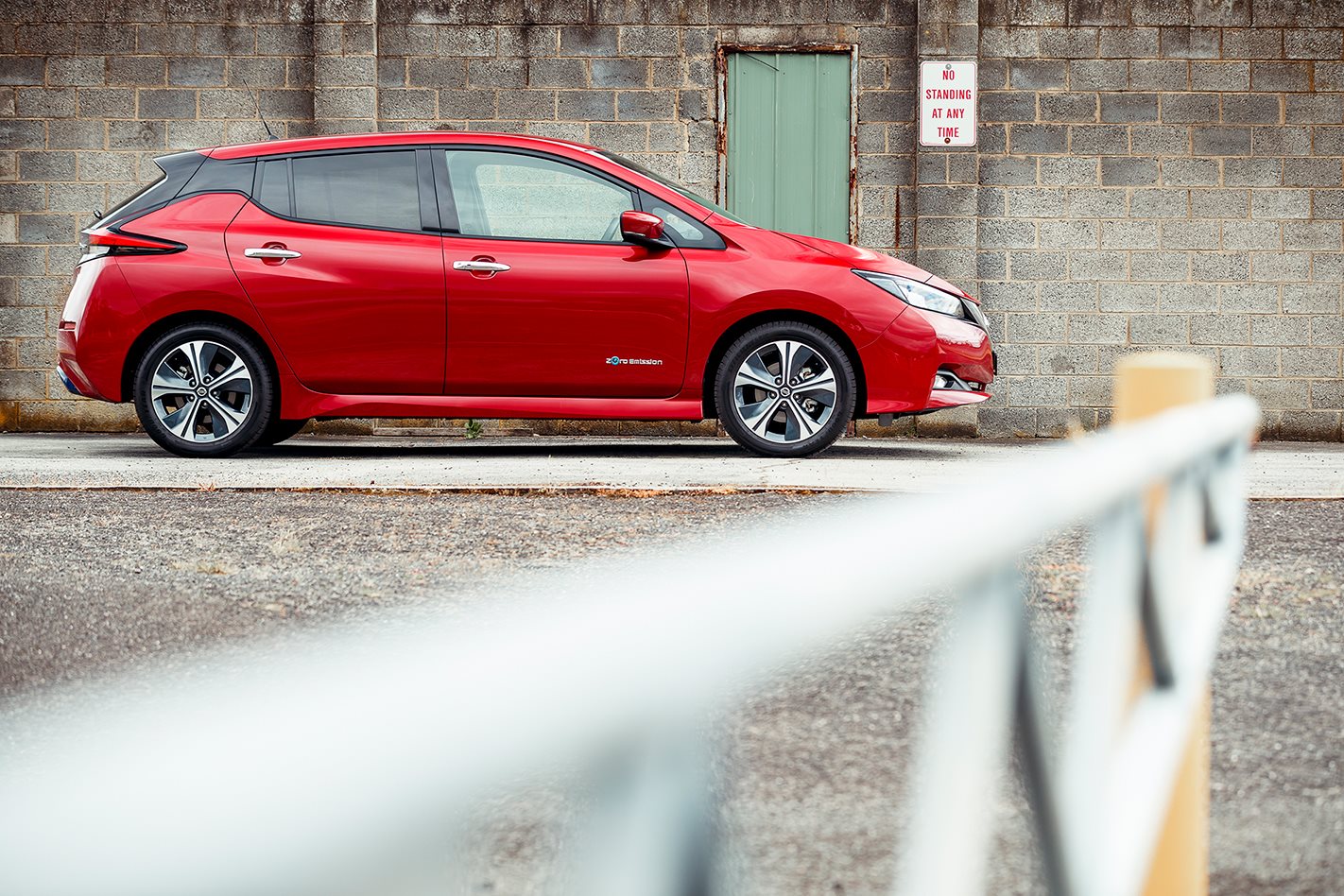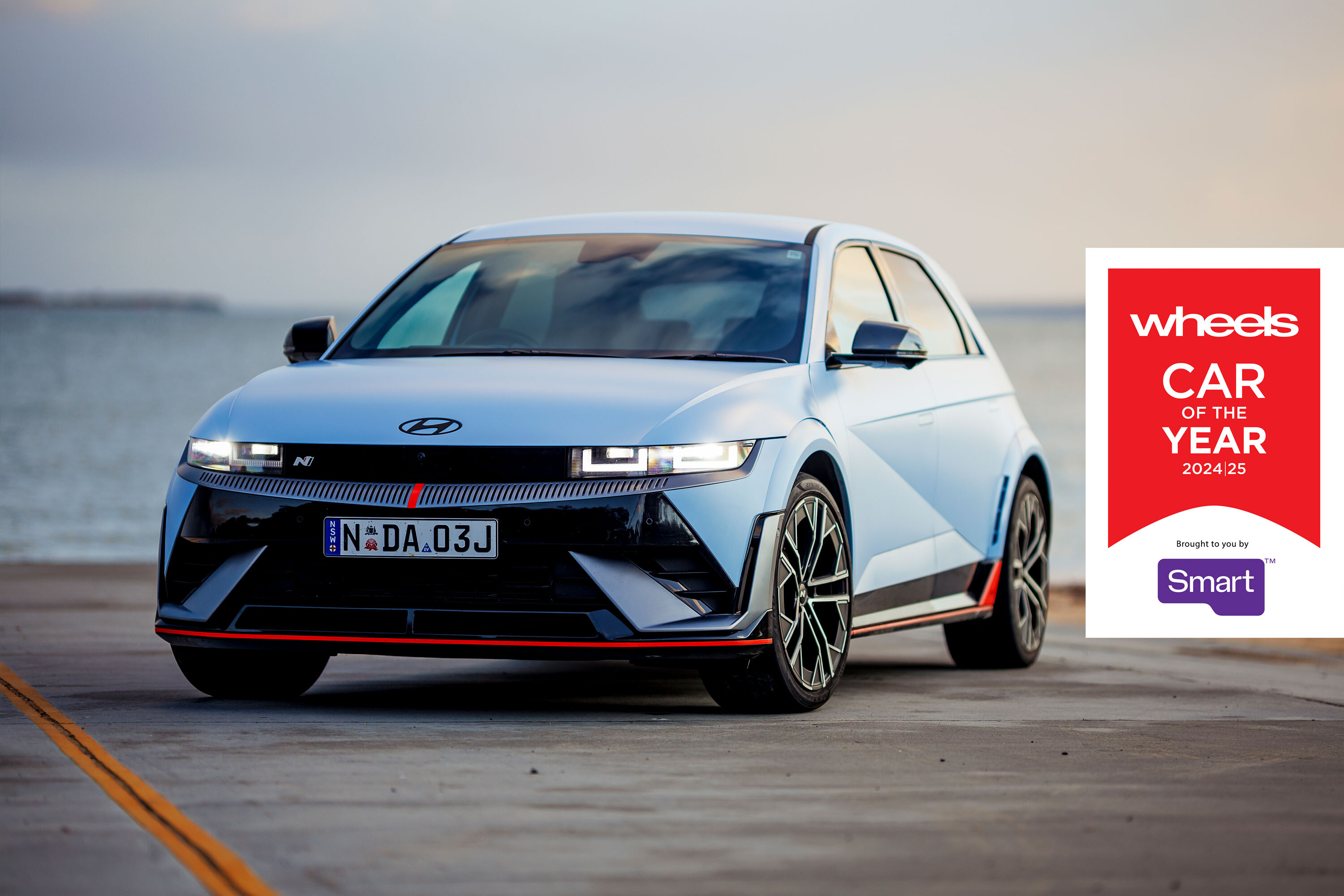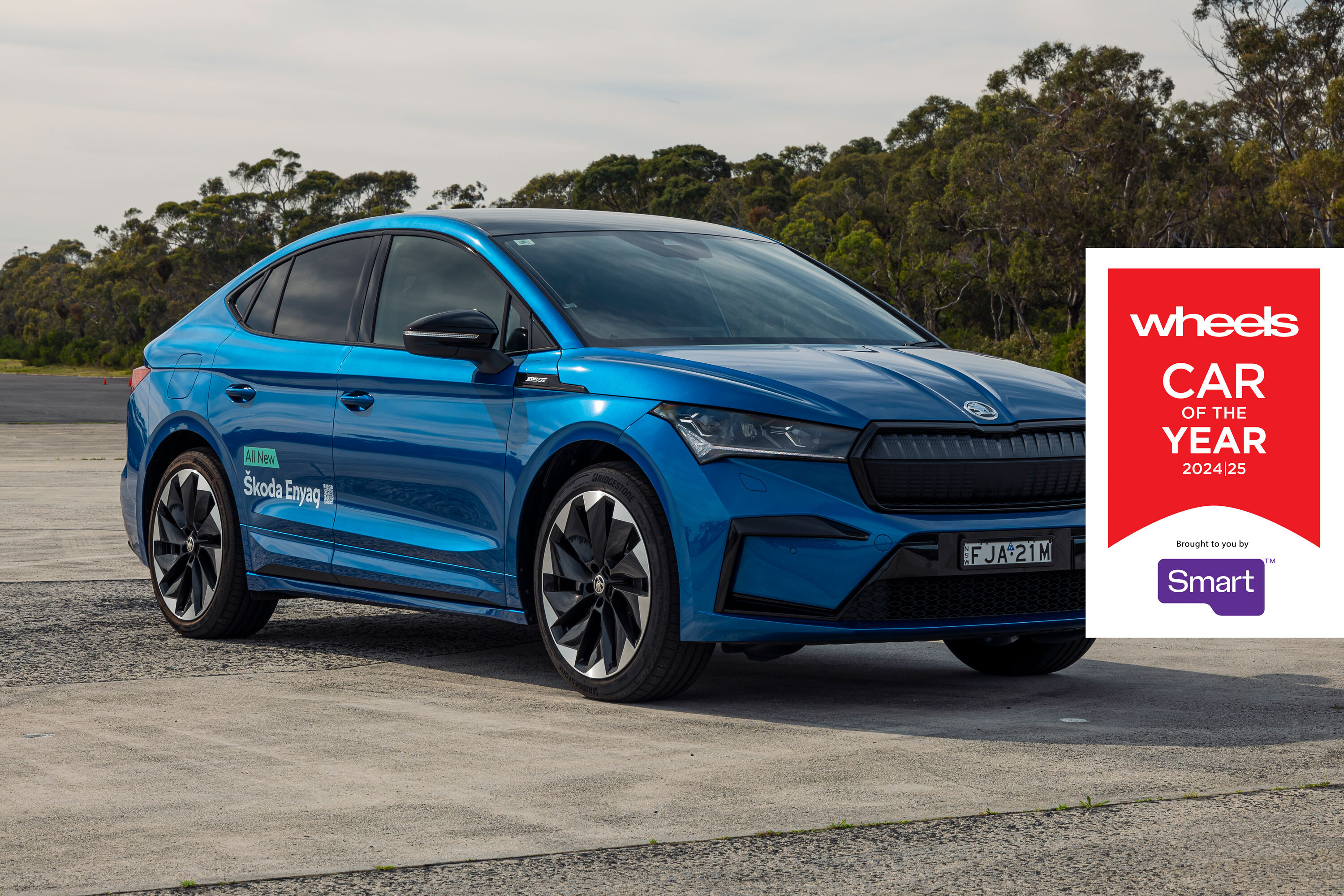Is the Leaf the most significant new model at COTY?
Maybe. Though the ZE0 original barely made a blip in Australia, and Tesla and others have since offered speedier and more stylish EVs, only the plucky Nissan has been around long enough to now be into its second generation. With nearly half a million sold since 2010, no other EV series in history has been more successful.
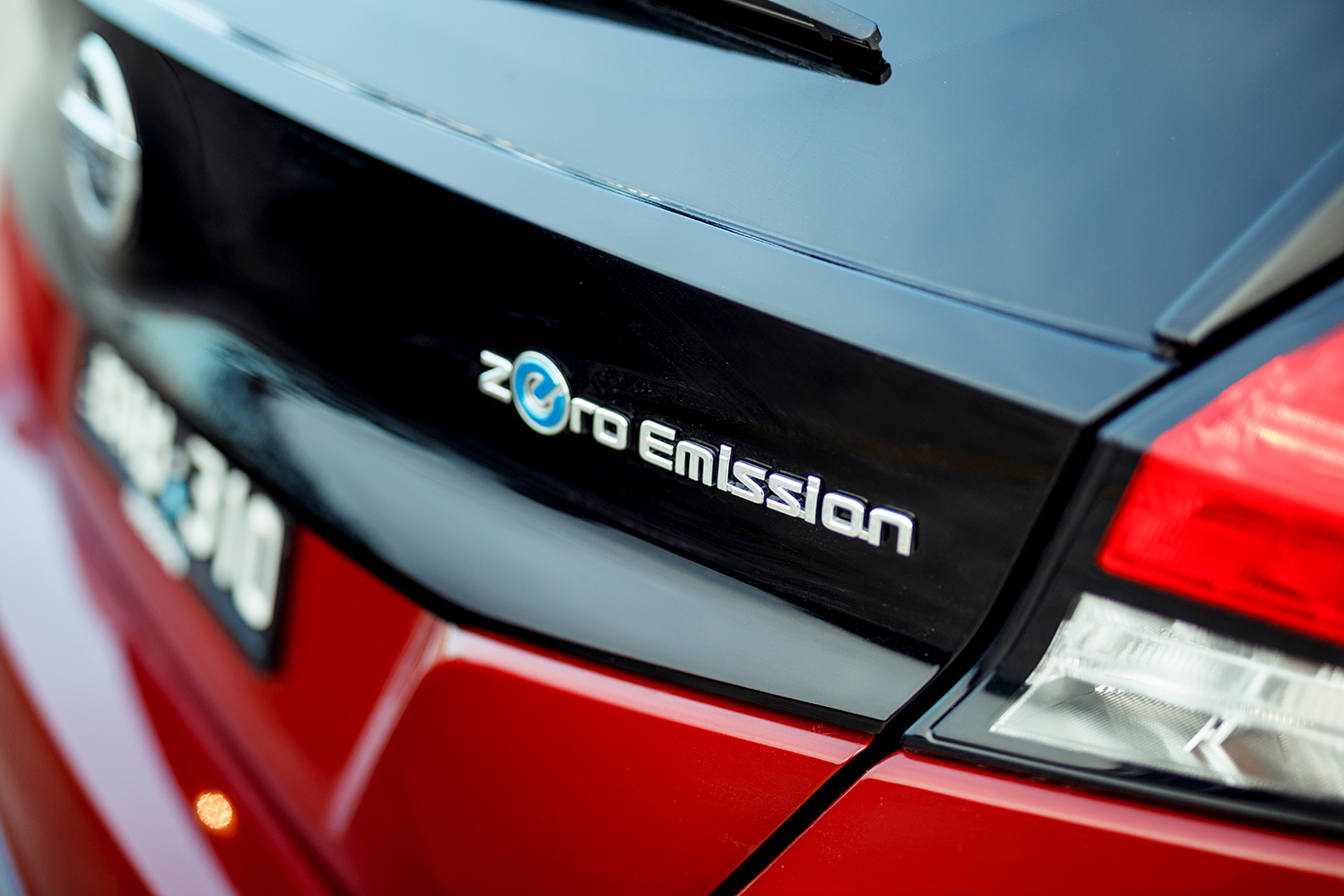
And that’s the whole point. The Leaf is an easy and relatively affordable entry into the brave, uncertain world of electrification. With its approachably dorky design, comfy interior and simple controls, Nissan’s masterstroke was to make the unusual seem normal for the mainstream while still appealing to early adopters.
The brand is still attempting to please both, though the new ZE1’s toned-down, squared-off styling – on essentially the same platform and body structure as before – and far-more conventional dashboard presentation suggests that gaining the popular rather than the progressive vote is now the greater priority.
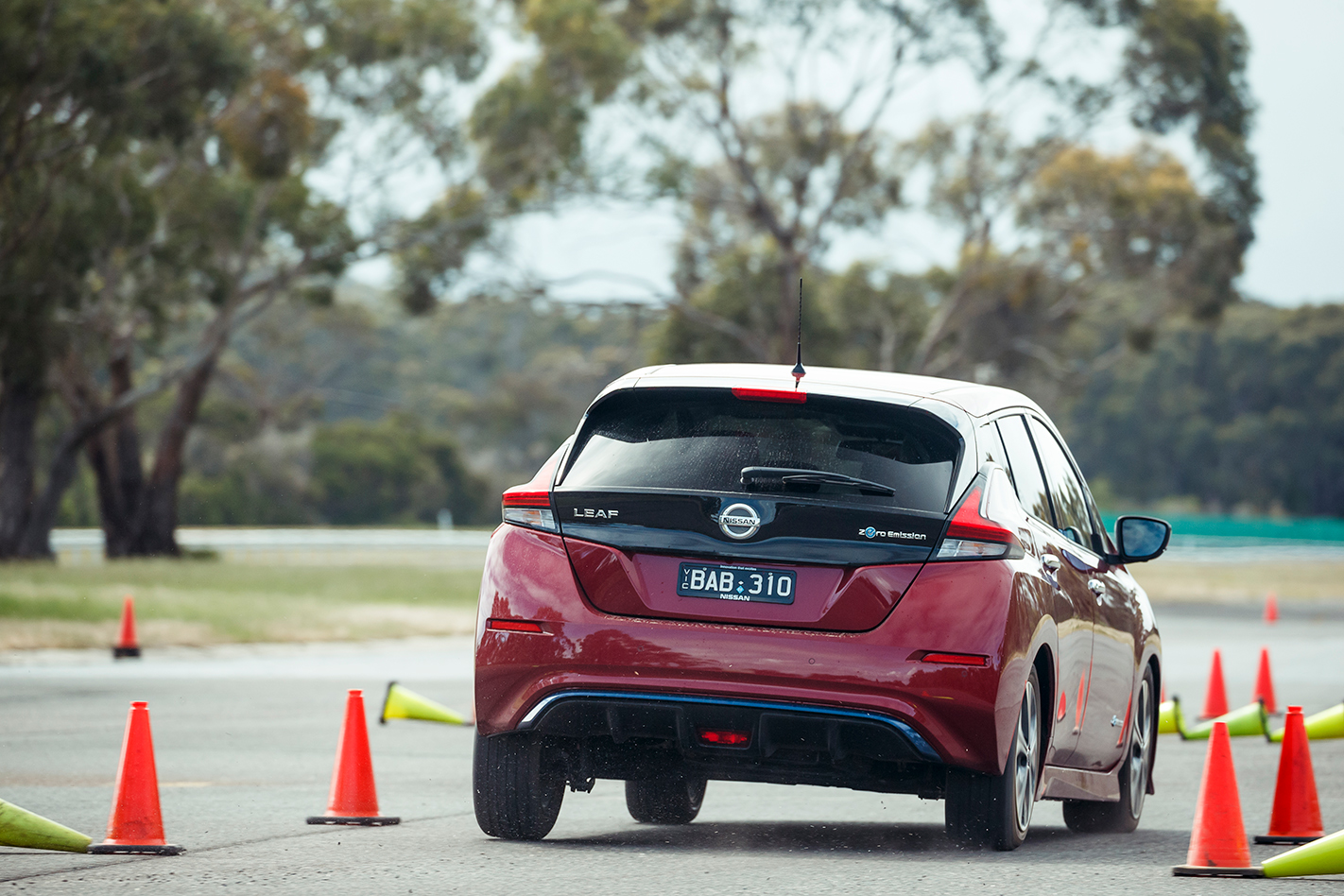
That said, it advances in some vital areas, starting with a bigger battery offering essentially twice the range. Thus, the Leaf is far less limited by distance, broadening its scope for single-car households. That’s huge. As is ‘vehicle-to-building’ bi-directional charging capability that can power a home for days. Charge ports continue with the AC Type-2 (24 hours via three-pin 15-amp or eight hours with a $2K wallbox) and DC 50kWh CHAdeMO/CCS (80 percent in 60 minutes) set-ups.
Aiding range is a new two-mode braking regeneration system. Dubbed e-Pedal, it brings 0.2 G-force resistance when de-throttling, recouping otherwise wasted energy. It works, too, as single-pedal acceleration/deceleration quickly becomes second nature.
Additionally, there’s now more zest from an upgraded AC synchronous motor, delivering 38 and 14 percent more power and torque respectively – and that’s immediately apparent in the Leaf’s instant, healthy and hushed off-the-line urge, translating to a respectable 8.0sec to 100km/h.
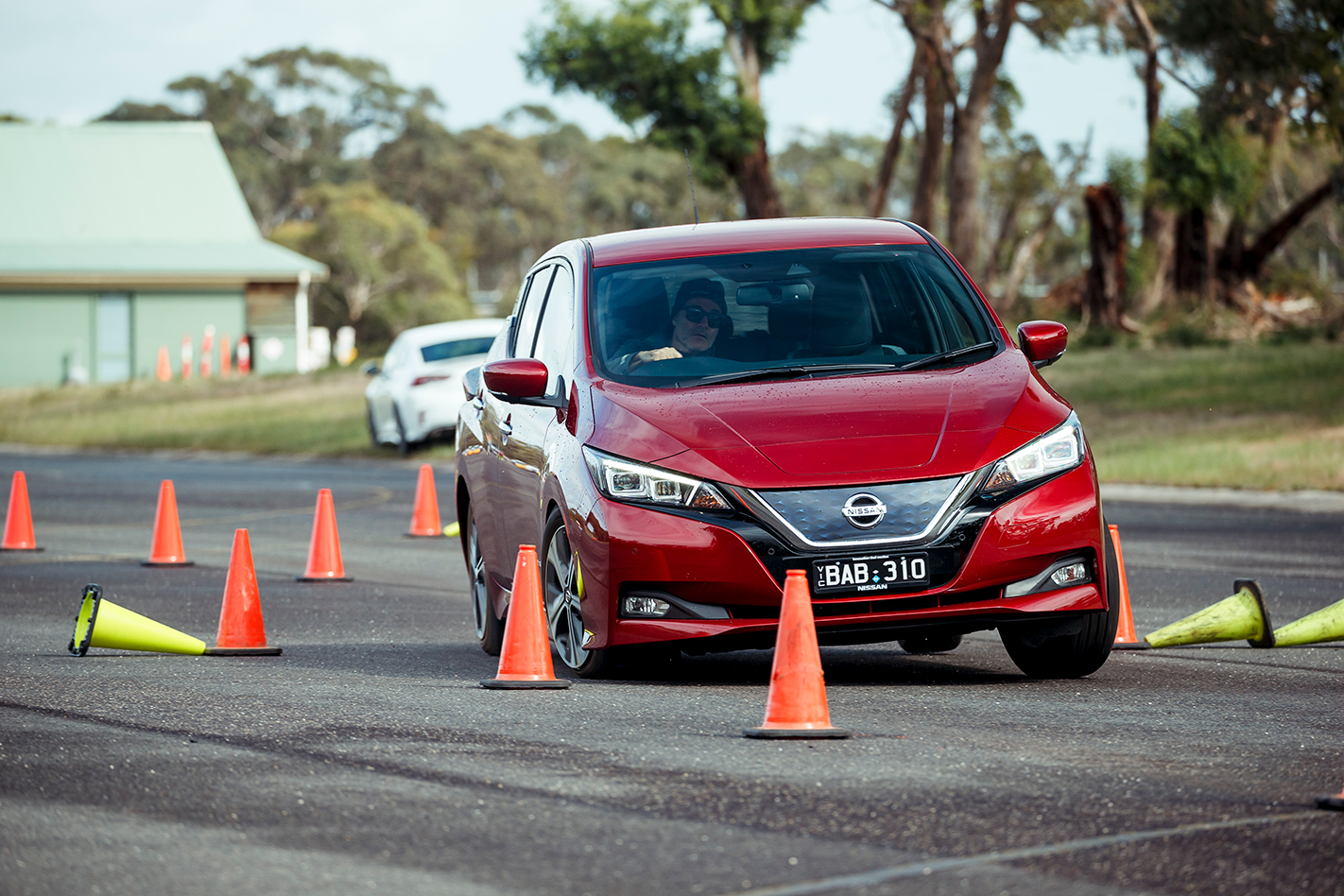
Even better is how much less remote the ZE1’s steering is, while the car now handles with greater conviction and control – though the upshot is a firmer (but sufficiently comfy) ride. Equipment levels include leather, seat heaters, Apple CarPlay/Android Auto, sat-nav, digital radio, AEB, lane-departure warning/keep, rear cross-traffic alert, auto high beam, adaptive cruise and a surround-view camera.
But the Leaf still lacks in some areas. Wet-road braking is poor and the stability control interferes abruptly (though effectively) on gravel or during sudden direction changes. Steering reach adjustment would address an odd driving position. The dash seems wilfully dull and downmarket for a $50K machine and a switch from an electric park-brake to a foot-operated anachronism doesn’t help. And retaining air rather than water cooling for the battery pack might raise long-term durability concerns.
Ultimately, though better than ever, the Leaf feels what it is – a revamp of a game-changer launched nearly a decade ago. The pioneering Nissan deserves its place in history, but the second round at COTY? That proves a step too far.
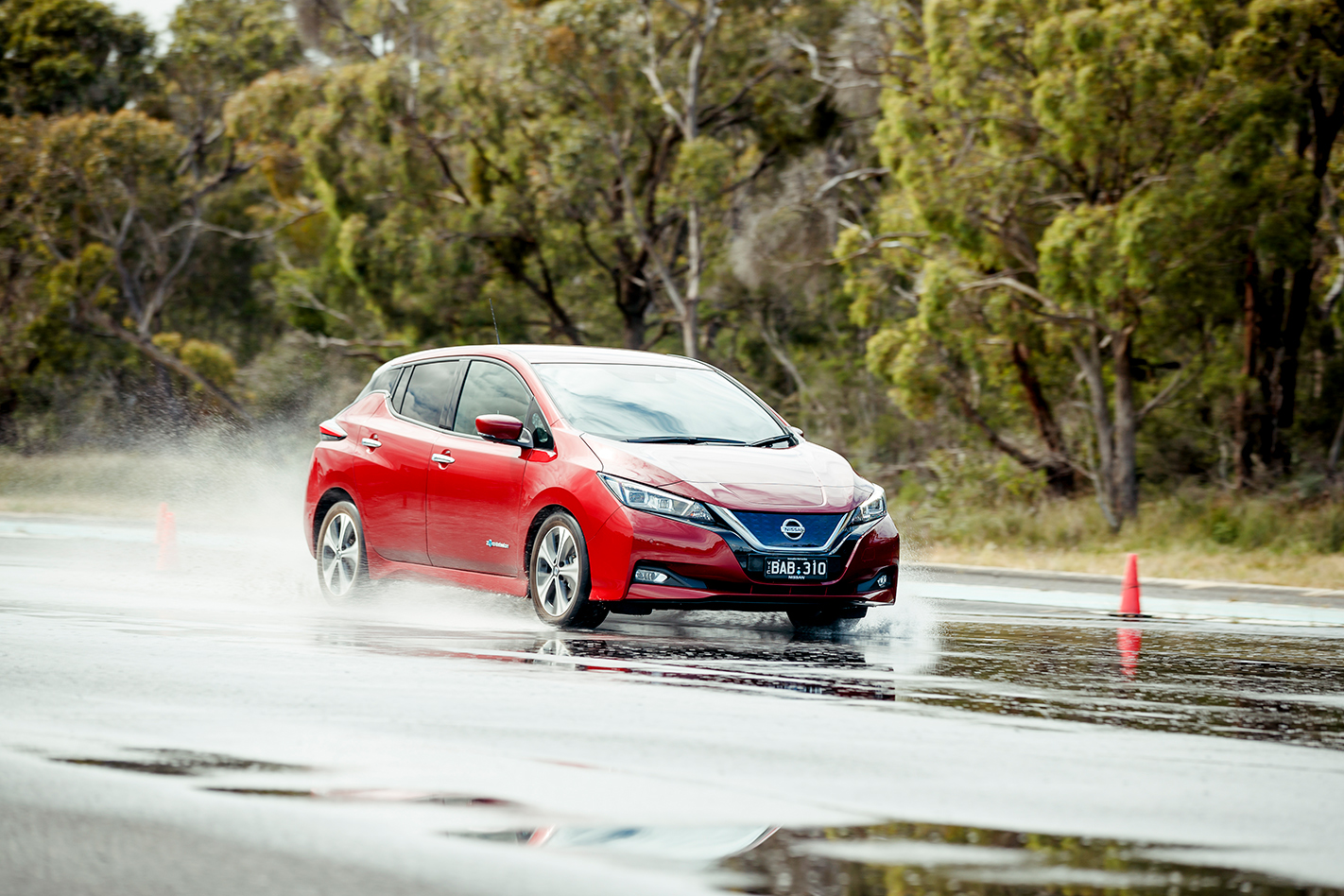
THE JUDGES’ SCORECARD
Function: 2.7
Efficiency: 4.9
Safety: 3.1
Technology: 2.9
Value: 3.2

NISSAN LEAF SPECS
BODY
Type: 5-door hatch, 5 seats
Boot capacity: 405L
Weight: 1580kg
DRIVETRAIN
Layout: Front-motor (east-west), FWD
Engine: 110kW/320Nm electric motor 40kWh/350V battery
Transmission: Single-speed reduction
CHASSIS
Tyres: 215/50R17
Energy consumption: 14.6kWh/100km
CO2 emissions: 0g/km
Crash rating: 5 stars (ANCAP)
PRICE
$49,990

